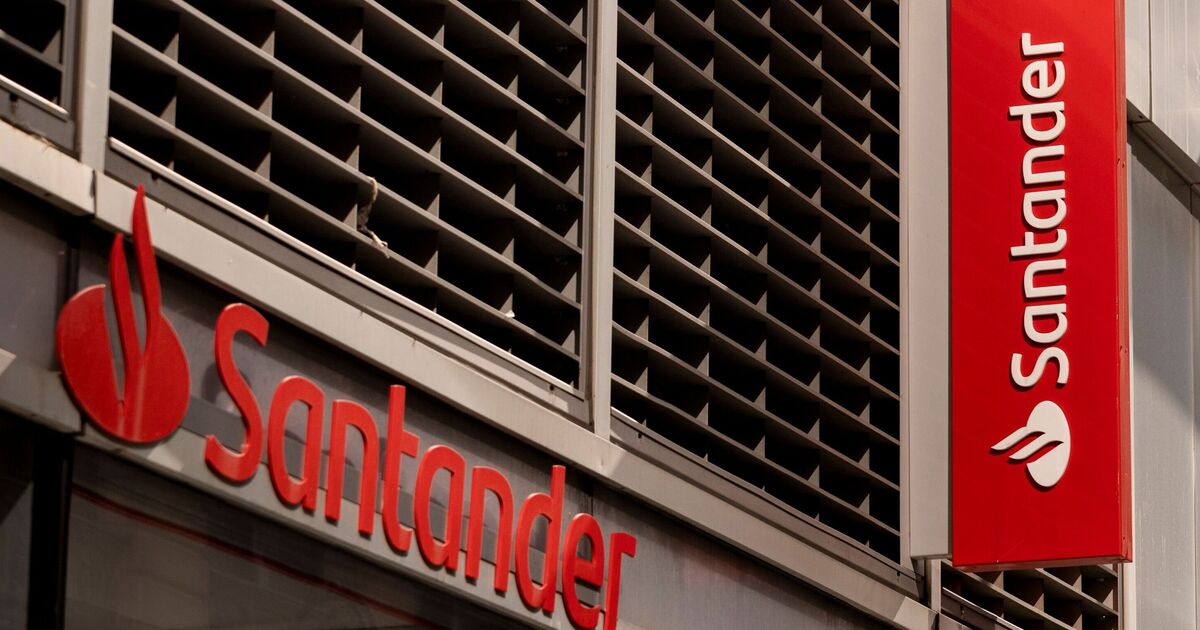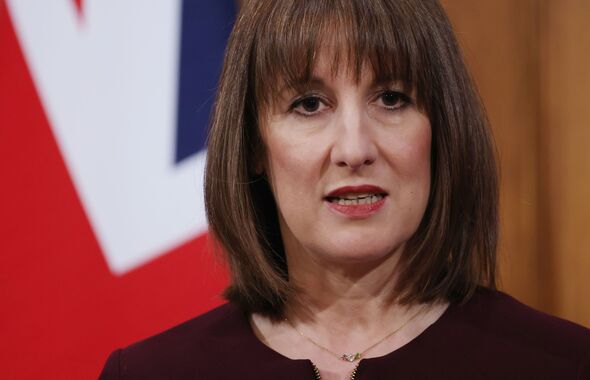
Customers of major banks including Santander, HSBC, Nationwide and Natwest have been warned over the cost of the average £697 overdraft used by 1 in 5 customers each day.
New research by Totally Money has found that 1 in 5 Britons are overdrawn by an average of £697 per day and the firm has now issued a warning over the high cost of such overdraft borrowing from major high street banks.
The firm says many banks charge between 35 percent and 49.9 percent daily interest charges on overdrafts, meaning the average borrower is forking out £278 a year just for interest payments.
It found that Santander charges 39.94 percent on overdrafts, while HSBC changes 39.90 percent, Lloyds between 19.9 and 49.9 percent, Halifax between 19.9 and 49.9 and Nationwide and First Direct charge 39.9, although the first £250 is free at First Direct.
Meanwhile, Natwest is close behind with 39.49 and Barclays charges 35 percent.
TotallyMoney CEO, Alastiar Douglas said: “Overdrafts are for many a ghost debt. They may have applied for, or been offered it years ago, and it simply sits as an extension to their current account. There’s no separate card, bank, or app — and the customer may not even be aware that their overdraft is a type of borrowing, or that they can be quite expensive.
“And because there’s not the same balance transfer offers you can get with credit card debt, some customers might be sitting in their overdraft for all, or most of the time. This means they might be paying interest month after month, and struggling to get back in the black.
“If you’re sitting on savings, it’s very unlikely that you’ll be earning anywhere near as much interest as you would be paying on your overdraft. So consider using this money to clear your balance, and then you can focus on rebuilding the money in the bank.”
Mr Douglas added that it might also be worth considering a change of bank, as many providers will give you an interest free overdraft and a cash bonus to switch.
He continued: “There are some providers who’ll give you an interest free overdraft, and a bonus for switching. Which means you might be able to clear some of your debt, and stop paying interest on part or all of what you owe. You’ll just need to remember that you might need to pass a credit check, so take a look at your report, and make sure everything is correct and up to date.”
Andrew Hagger, Personal Finance Expert at Moneycomms.co.uk added: “There was a time when authorised overdraft rates were pretty much on a par with standard credit card rates, but now it’s very different, with overdraft rates heading towards double the rate of credit card interest.
“Paying from 35% to nearly 50% for an overdraft is difficult to justify, especially as this is for an agreed overdraft limit.If you’re only borrowing for the odd day here and there it’s less of an issue, however if you’re in the red for a couple of weeks or more each month, these rates will only make your financial position worse.
“Rates of 35% or more are usually associated with borrowers who have previous credit issues and are classified by banks as ‘subprime’ borrowers.Using a credit card can be a far more cost-effective way of managing your cash flow these days, even more so if you’re able to clear your statement balance in full each month.
“It’s easy to fall into the habit of relying on your overdraft month after month and the high cost will soon make a bad situation far more serious.”



















